13 Puppy Potty Training Mistakes [Avoid these!!]
Have you ever stepped in a warm, squishy puddle in the middle of your living room, only to look up and see your precious pup staring back at you with those big, innocent eyes? If you’re nodding in agreement, don’t worry—you’re not alone. Potty training can be a challenging, yet essential, part of raising a happy, well-adjusted dog.
But fear not, dear reader, for I am your friendly family dog expert, and together we will venture into the world of potty training pitfalls and triumphs!
In this eye-opening article, we’ll dive deep into the most common potty training mistakes that dog owners, both new and seasoned, can make. Not only will you discover how to avoid these blunders, but you’ll also gain valuable insights and strategies to make your potty training journey smoother, cleaner, and more efficient.
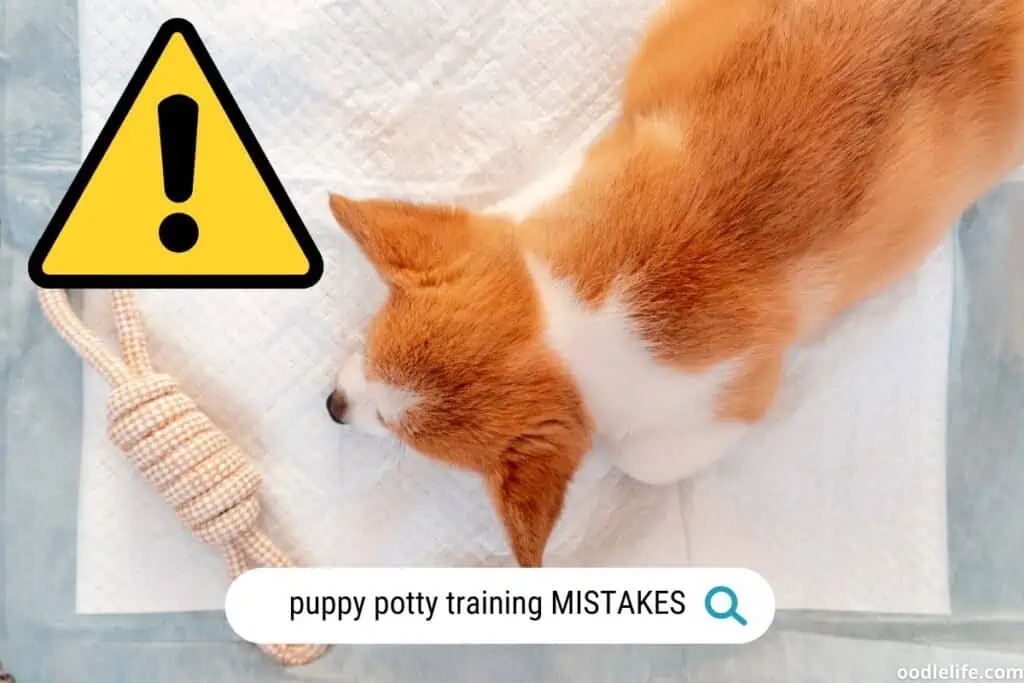
So, grab your treats, your favorite leash, and a steaming cup of coffee, because we’re about to embark on an adventure that will change the way you approach potty training forever!
13 Mistakes You Will Make When Puppy Potty Training
1. Expecting a puppy to have a bladder of steel
We all know puppies are little bundles of joy, but did you know their bladders are also bundles of…well, not steel? Puppies need frequent potty breaks, so don’t expect them to hold it for hours on end like a camel!
2. Skipping the potty schedule
Would you remember to go potty if you didn’t have a clock or calendar? Puppies thrive on routine, so establish a consistent schedule to help them learn when it’s time to do their business.
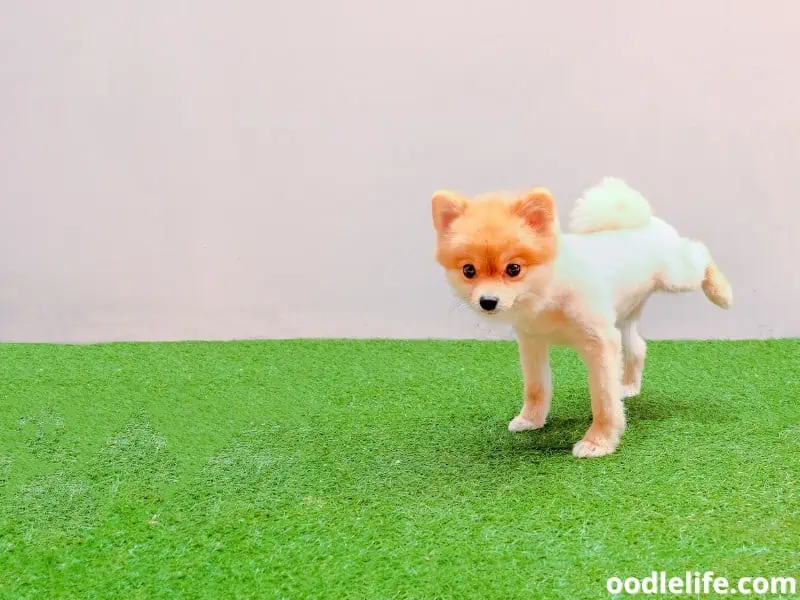
3. Assuming they’ll “just get it” overnight
Rome wasn’t built in a day, and neither is your puppy’s potty training. Be patient and persistent—potty training is a marathon, not a sprint!
4. Not celebrating the victories
What’s better than a party every time you pee? Praise and reward your pup for a job well done, and they’ll be more motivated to keep up the good work!
5. Relying on puppy pads
Ever heard of a dog who only poops on the red carpet? Puppy pads can be a useful tool, but overusing them might just teach your pup that it’s OK to go indoors…on specific surfaces.
6. Ignoring the signs
Is your puppy sniffing around, circling, or whining? These could be signals that it’s potty time! Don’t wait for a mess to happen—act on those cues and get them outside pronto.
7. Punishing accidents
Accidents are bound to happen, but do you really want to create a puppy who’s scared to go potty in front of you? Instead of punishment, focus on preventing accidents and praising success.
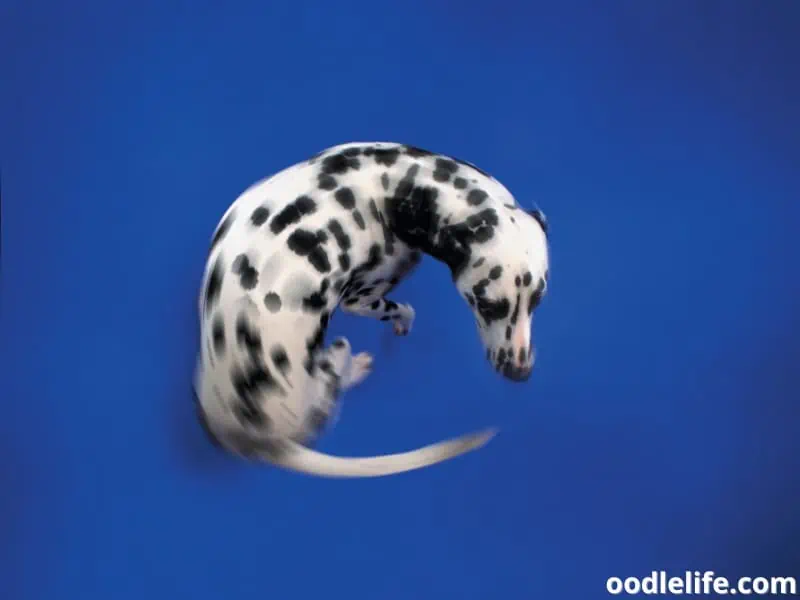
8. Forgetting to clean up properly
Can your pup still smell that “little accident” from last week? Chances are, they’ll think it’s their personal bathroom spot. Be sure to clean up messes with an enzyme-based cleaner to eliminate lingering odors.
9. Inconsistency in commands
Do you say “potty,” “wee-wee,” or “go poop”? Pick one command and stick to it—your puppy’s not a linguist!
10. Not using a crate
Does your pup think your entire home is their playground (and potty zone)? Crate training helps teach them where they should—and shouldn’t—do their business.
11. Lack of supervision
Would you trust a toddler alone in your home without supervision? Keep an eye on your puppy to avoid sneaky potty breaks in the wrong places.
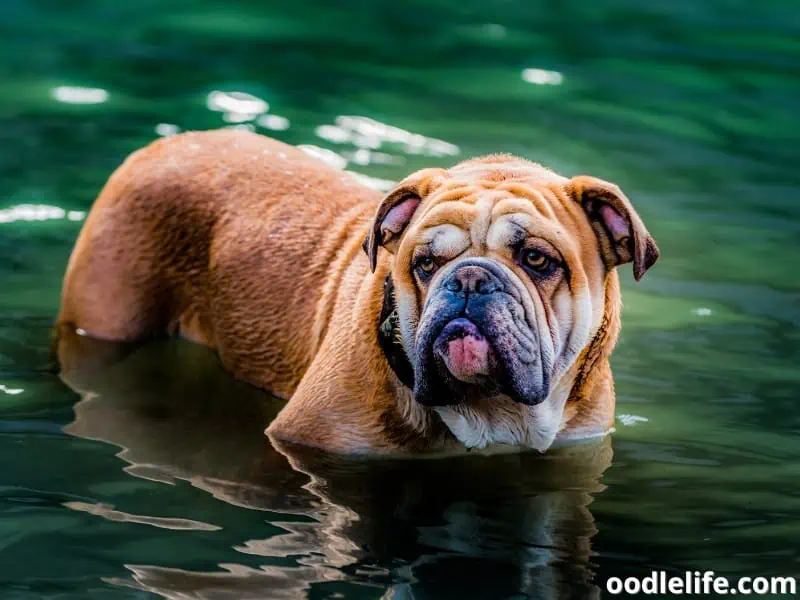
12. Rushing potty breaks
Does your pup think they’re on a timer when they’re outside? Give them enough time to do their business without feeling rushed.
13. Giving up too soon
Potty training takes time, patience, and commitment. Keep at it, and remember—you and your pup are in this together. After all, who doesn’t love a good potty training success story?
Puppy Potty Training Basics
Getting your puppy potty trained properly can make a world of difference for both of you. In this section, we will cover some basic techniques to ensure a successful potty training journey.
Potty Schedule
Consistency is key when it comes to potty training. Establishing a regular schedule for feeding, playtime, and potty breaks can help your puppy understand when it’s time to go.
For example, try taking your puppy out first thing in the morning, after meals, and before bedtime. These regular outings will help them associate specific times with bathroom breaks.
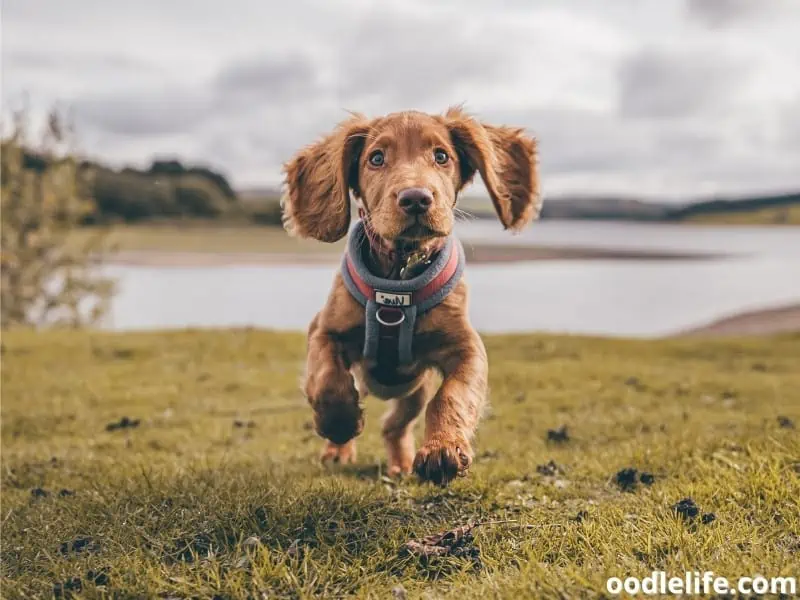
Choosing the Right Spot
Selecting a designated potty area outdoors for your puppy is a crucial step to prevent confusion. This spot should be accessible and consistently used so your pup knows exactly where to go.
When you first introduce this spot, take your puppy on a leash to guide them to the area. This helps ensure they understand the intended location for bathroom breaks.
Positive Reinforcement
Encourage good behavior with positive reinforcement. Praise your pup and offer treats when they successfully use the designated potty spot.
Remember to be patient and consistent in your efforts, as your puppy will not become fully potty trained overnight. By sticking to these basics and avoiding common mistakes, you set the stage for a successful potty training experience.
Common Mistakes and Corrections

Inconsistent Timing
One of the biggest mistakes in potty training a puppy is having inconsistent timing. Puppies need a regular schedule to understand when it’s time to go outside. Not sticking to a routine can lead to confusion and accidents inside the house. Consistency is key when establishing a successful potty training regimen.
Inadequate Supervision
Another common mistake is not providing enough supervision during the potty training process. Puppies require close attention to prevent accidents and create positive associations with going outside. It’s essential to monitor your puppy while you’re at home and to make arrangements for pet sitters or dog walkers if you’re out for extended periods.
Over-Punishing Accidents
Reacting negatively to accidents can hinder the potty training process. Instead of scolding or punishing your puppy for an accident, focus on positive reinforcement when they successfully go to the bathroom outside. Remember that accidents are part of the learning process, and it’s crucial to maintain a supportive, patient approach.
Expecting Too Much Too Soon
It’s important to have realistic expectations when potty training your puppy. Puppies have short attention spans and are still developing their bladder and bowel control capabilities. Setting unrealistic expectations can result in frustration for both the owner and the puppy. Be patient and celebrate small successes along the way.
Solutions and Tips
Establish a Routine
Creating a consistent routine is crucial for potty training your puppy. Remember, puppies can generally hold their bladder for one hour per month of age. Design a schedule that includes designated times for eating, playing, and potty breaks. This will allow your puppy to learn when and where to do their business, making the training process smoother.
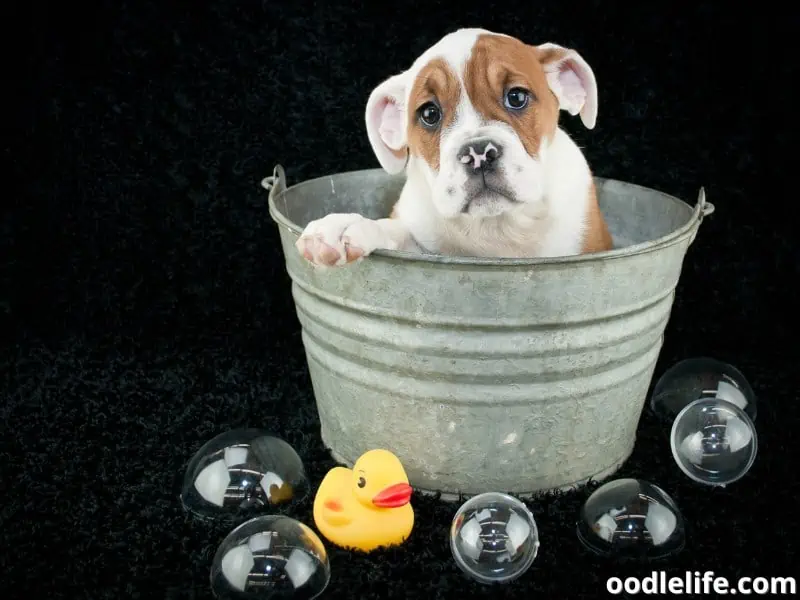
Effective Communication
Proper communication is key when training your puppy for potty breaks. Use a specific command or signal when it’s time to go outside, and always praise and reward them when they successfully do their business. This positive reinforcement will help your puppy associate the action with the desired outcome.
Patience and Consistency
It’s important to remain patient during the potty training process, as puppies’ minds aren’t as advanced as ours. Inconsistent messages or expressing frustration can confuse them. Stick to the routine, communicate effectively, and consistently reward positive behavior, setting your puppy up for success.
Conclusion
In the process of puppy potty training, it is essential to avoid common mistakes that could hinder your pup’s progress. By being aware of these pitfalls, you can ensure a smoother and more efficient housebreaking journey for both you and your furry friend.
Remember to spend enough quality time bonding with your dog, as this strengthens the relationship and fosters better communication. Crate and kennel training plays a vital role in establishing boundaries and providing your puppy with a designated space for relaxation and security.
Consider this: Would you want to prolong the potty-training process by using pee pads in your home? These can create confusion as they blur the lines between acceptable and unacceptable potty areas. Instead, focus on rewarding your dog when they successfully use the bathroom outside, creating a positive reinforcement loop that encourages proper behavior.
One critical element not to overlook is patience. Potty training can be a challenging and sometimes frustrating ordeal, but remember that your puppy is learning too. Remain consistent, avoid punishing them for accidents, and grant them more freedom only when they’re ready.
Lastly, take a moment to appreciate and cherish the fleeting puppy days, and look forward to a well-behaved, housebroken companion who will unmistakably enrich your life.